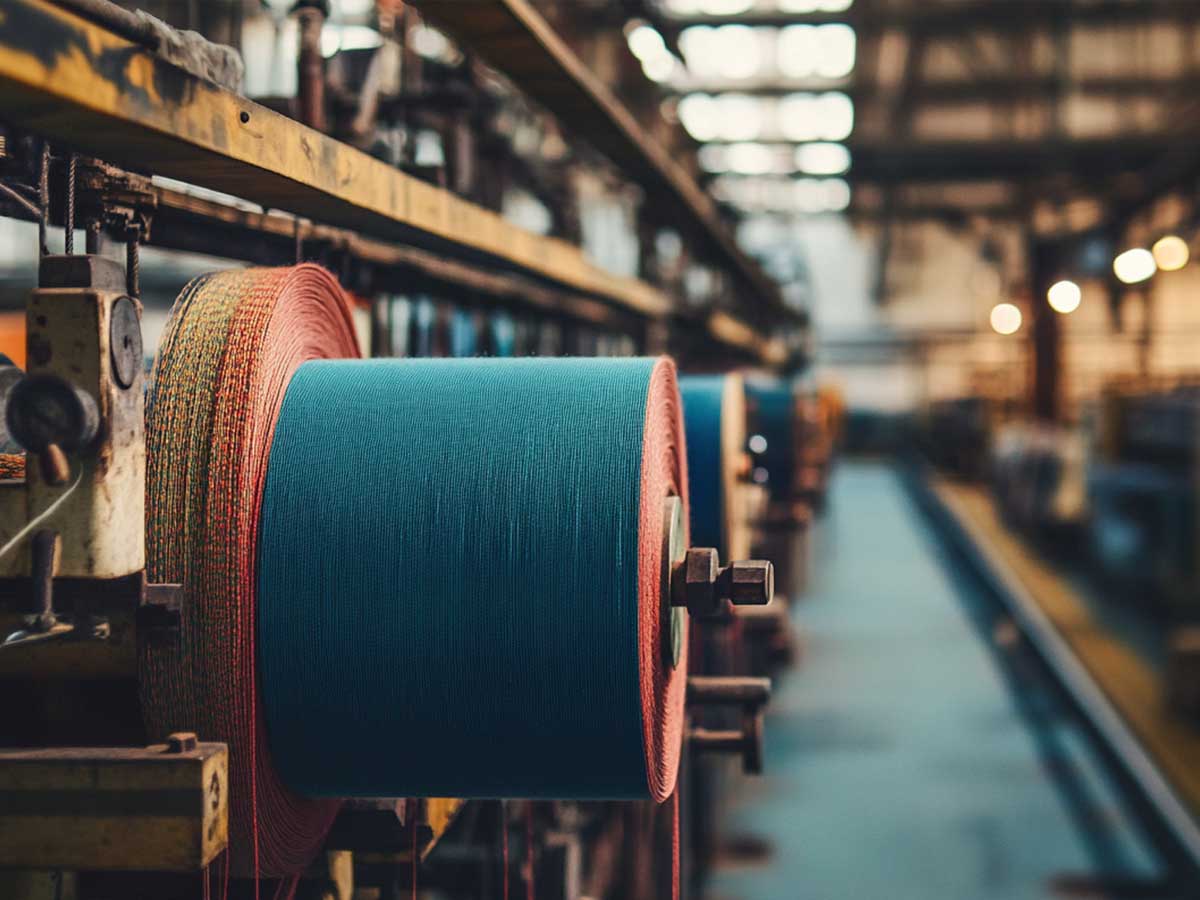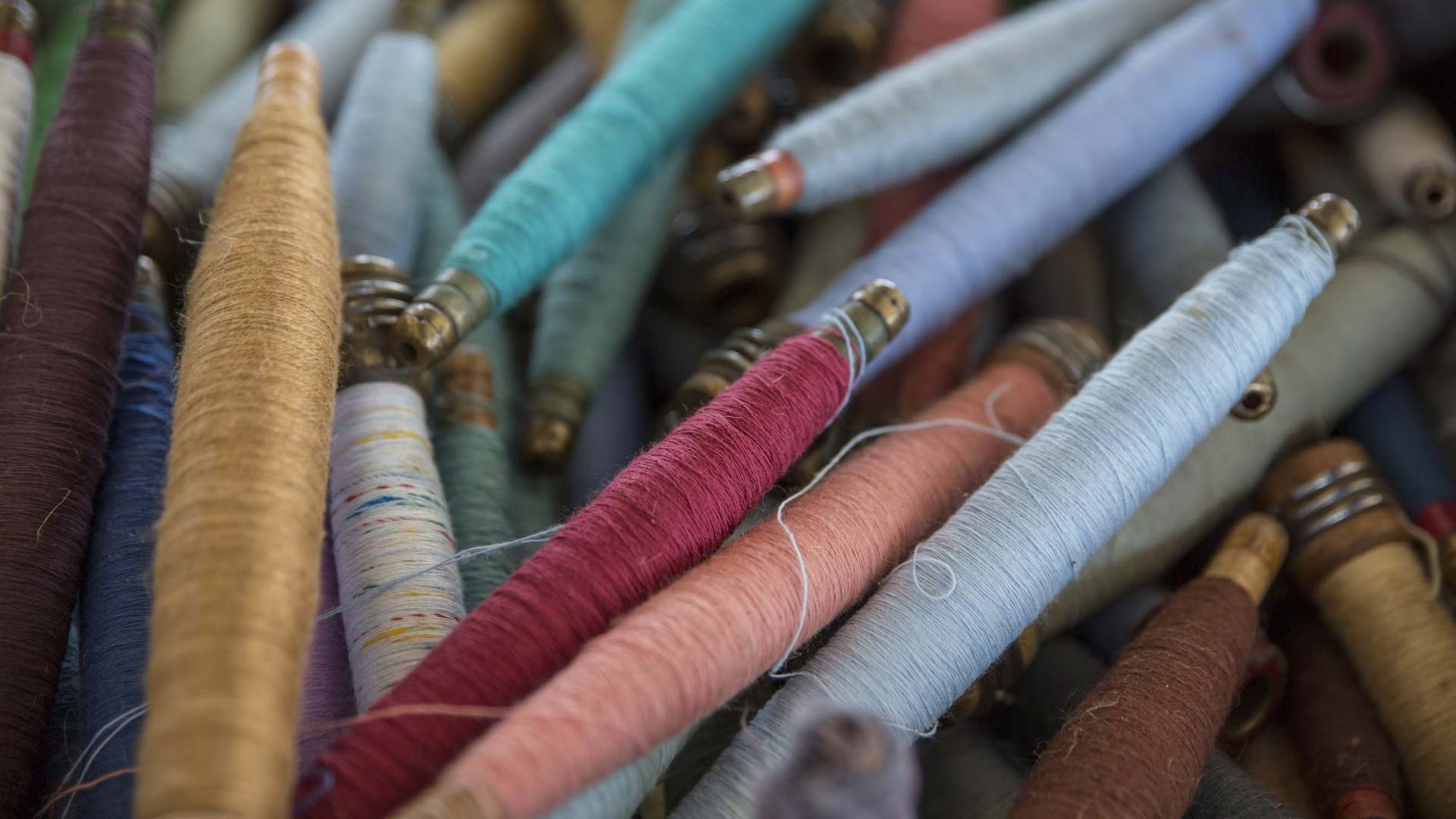
EPA Proposes New Data Collection for Textile Mills Industry
The EPA has submitted a new ICR for Textile Mills Industry Data Collection to evaluate wastewater discharges.


The Environmental Protection Agency (EPA) has announced a significant step in understanding and potentially revising regulations for the textile industry. In a recent notice, the agency is calling for public comments on its new information collection request (ICR), titled "U.S. Environmental Protection Agency Textile Mills Industry Data Collection" (EPA ICR No. 2798.01, OMB Control No. 2040–NEW). This initiative, aligned with the Paperwork Reduction Act (PRA), is part of the EPA's ongoing efforts to ensure environmental compliance and safeguard public health.
Public Comment Period: The EPA is open to public comments for 60 days, ending on 29 January 2024.
How to Submit Comments: Stakeholders can submit their inputs online at www.regulations.gov, via email to OW-Docket@epa.gov, or by mail, referencing Docket ID No. EPA–HQ–OW–2023–0287.
Contact for Information: Queries can be directed to Dr. Paul Shriner at the EPA's Office of Science and Technology.
The focus of this data collection is on the textile mills industry, a sector known for its substantial water usage and potential pollutant discharge. The EPA's initiative seeks to gather comprehensive data on the industry's practices, especially concerning the use of Per- and Polyfluoroalkyl Substances (PFAS). PFAS, often referred to as 'forever chemicals,' have been linked to various environmental and health risks.
Effluent Limitations Guidelines (ELGs): The EPA's ELGs for textile mills were first established in 1974, with subsequent amendments in 1977 and 1982. These guidelines focus on wastewater discharge from various textile operations.
Preliminary Studies: A 1996 study highlighted the industry's progress in water conservation, while a 2021 report raised concerns about PFAS usage in textiles.
Emerging Concerns: The EPA's recent focus on PFAS stems from their longevity in the environment and potential health impacts, necessitating a review of current regulations.
Following the public comment period, the EPA will analyse the inputs and potentially revise the ICR. The final package will be submitted to the Office of Management and Budget (OMB) for review and approval. This process underscores the EPA's commitment to transparency and stakeholder engagement in environmental governance.
As the EPA embarks on this critical data collection effort, it's crucial for stakeholders in the textile industry to engage actively. Compliance with these regulatory measures not only ensures adherence to legal requirements but also demonstrates a commitment to sustainable and responsible business practices. The textile industry, regulators, and the public must collaborate to foster a balance between economic growth and environmental stewardship.
The EPA's latest initiative is a pivotal step towards enhancing environmental regulations in the textile industry. It represents a proactive approach to addressing emerging contaminants and reflects the agency's commitment to continuous improvement in environmental protection standards.
Foresight continuously tracks 1000s of sources and maps updates to your portfolio:




The EPA has submitted a new ICR for Textile Mills Industry Data Collection to evaluate wastewater discharges.

The EPA highlights progress on PFAS pollution with enforceable standards, cleanup funding, and research advancements while addressing challenges in cost, contamination, and equity.

EPA releases final water quality criteria for PFAS to protect aquatic life, addressing the harmful effects of PFOA and PFOS.
Subscribe to Foresight Weekly and get the latest insights on regulatory changes affecting chemical compliance.
Free forever. Unsubscribe anytime.
Read by professionals at